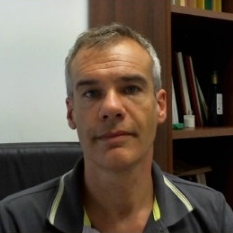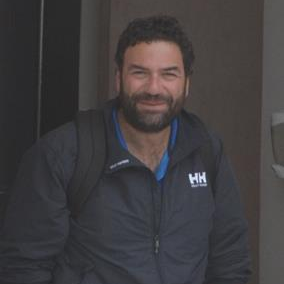Precision Management of Fruit Trees
A special issue of Horticulturae (ISSN 2311-7524). This special issue belongs to the section "Fruit Production Systems".
Deadline for manuscript submissions: closed (20 May 2022) | Viewed by 37704
Special Issue Editors
Interests: water relations; carbon partitioning; deficit irrigation; fruit quality and production systems of tree crops
Special Issues, Collections and Topics in MDPI journals
Interests: viticulture; vine; grapevine varieties; orchard systems
Special Issues, Collections and Topics in MDPI journals
Interests: application of new technologies and precision management techniques; effects of the environment on fruit tree physiology; developing new management strategies to improve orchards’ sustainability, maintaining a high level of quality and yields
Special Issues, Collections and Topics in MDPI journals
Special Issue Information
Dear Colleagues,
Under a global climate change, plants will be facing increasing abiotic and biotic constraints. We have to expect a rise in average daily temperatures, atmospheric CO2 concentration, soil salinity in some areas, and water stress by drought or floods. Climate change can significantly alter plant functioning and productivity, affecting crop management sustainability and ultimately the whole food economy. Today’s technological advancements offer an excellent opportunity for the precise management of fruit trees aiming at the highest production quality and efficiency. New generation sensors exist and can be further implemented for the precise management of a number of operations both in the field (irrigation, nutrition, pest control, pruning, harvesting, etc.) and during post-harvest processing.
Further investigations and good knowledge sharing across the areas of horticulture, basic plant physiology, and engineering are required in order to improve fruit tree management by optimizing water, nutrients, and chemical inputs. Precise and automated systems will have to represent the future for a modern and sustainable fruit production. This Special Issue aims to stimulate and collect these kinds of studies, keeping in mind that precision management must represent the basis for an efficient and sustainable fruit production under a changing environment.
Prof. Dr. Riccardo Lo Bianco
Dr. Antonino Pisciotta
Dr. Luigi Manfrini
Guest Editors
Manuscript Submission Information
Manuscripts should be submitted online at www.mdpi.com by registering and logging in to this website. Once you are registered, click here to go to the submission form. Manuscripts can be submitted until the deadline. All submissions that pass pre-check are peer-reviewed. Accepted papers will be published continuously in the journal (as soon as accepted) and will be listed together on the special issue website. Research articles, review articles as well as short communications are invited. For planned papers, a title and short abstract (about 100 words) can be sent to the Editorial Office for announcement on this website.
Submitted manuscripts should not have been published previously, nor be under consideration for publication elsewhere (except conference proceedings papers). All manuscripts are thoroughly refereed through a single-blind peer-review process. A guide for authors and other relevant information for submission of manuscripts is available on the Instructions for Authors page. Horticulturae is an international peer-reviewed open access monthly journal published by MDPI.
Please visit the Instructions for Authors page before submitting a manuscript. The Article Processing Charge (APC) for publication in this open access journal is 2200 CHF (Swiss Francs). Submitted papers should be well formatted and use good English. Authors may use MDPI's English editing service prior to publication or during author revisions.
Keywords
- crop load
- deficit irrigation
- mineral nutrition
- fruit quality
- light interception
- planting systems
- rootstocks
- training forms
- yield efficiency
- water use efficiency







